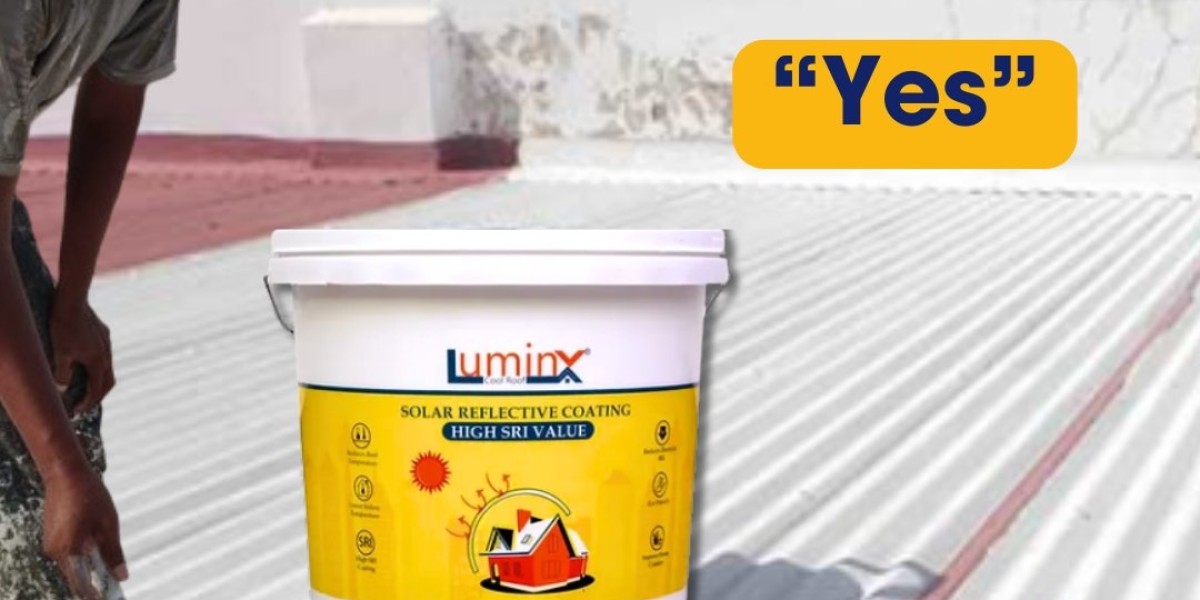Indian Police: Structure, Roles, and Responsibilities
The Indian Police is a vital arm of the country’s internal security and law enforcement system. It plays a crucial role in maintaining public order, enforcing laws, preventing and investigating crimes, and ensuring the safety of citizens across India's vast and diverse population.
Structure of the Indian Police
India follows a federal system, and policing is primarily a state subject Indian Police under the Constitution. This means each state and union territory has its own police force. However, there are also central agencies that handle specific national-level responsibilities.
1. State Police
Every Indian state has its own police department headed by a Director General of Police (DGP). The state police are divided into several units:
District Police: Led by a Superintendent of Police (SP) or Senior Superintendent of Police (SSP).
City Police (in major cities): Headed by a Commissioner of Police.
Thana or Police Station: The most local level, overseen by a Station House Officer (SHO) or Inspector.
2. Central Armed Police Forces (CAPF)
These are under the Ministry of Home Affairs and assist states when needed, especially in maintaining internal security and handling emergencies. Major CAPFs include:
Central Reserve Police Force (CRPF)
Border Security Force (BSF)
Central Industrial Security Force (CISF)
Indo-Tibetan Border Police (ITBP)
Sashastra Seema Bal (SSB)
3. Central Bureau of Investigation (CBI)
CBI is India’s premier investigation agency dealing with high-profile corruption, economic crimes, and special crimes across states.
4. Intelligence Bureau (IB)
IB is responsible for internal intelligence gathering and counterintelligence.
5. National Investigation Agency (NIA)
NIA investigates and combats terrorism and offenses affecting national security.
Key Roles and Duties
Law and Order Maintenance
Indian police are responsible for maintaining peace and preventing conflicts, protests, riots, and communal tensions.Crime Prevention and Investigation
Police work to prevent crimes through patrolling and public engagement, and investigate offenses using forensic tools, questioning, and legal procedures.Traffic Regulation and Safety
Traffic police manage road safety, vehicle regulation, and enforcement of traffic laws.Women and Child Protection
Special units like Women Police Stations, Child Protection Units, and anti-human trafficking cells deal with crimes against vulnerable groups.Cybercrime Handling
With rising digital threats, cybercrime cells investigate online frauds, data theft, harassment, and other internet-related crimes.
Challenges Faced
Manpower Shortage: Many police stations operate with insufficient staff.
Outdated Equipment: Some areas lack modern crime-fighting tools.
Political Interference: Undue pressure can affect impartial functioning.
Corruption and Misconduct: Allegations of misuse of power, custodial violence, and bribery persist in parts of the system.
Overwork and Stress: Long hours and difficult conditions often affect performance and morale.
Reforms and Modernization
Efforts are ongoing to modernize Indian policing through:
Introduction of CCTNS (Crime and Criminal Tracking Network and Systems).
Community Policing initiatives for better public relationships.
Training on human rights, gender sensitivity, and digital crimes.
Recruitment of more women officers to ensure balanced representation.
Conclusion
The Indian Police is a massive and complex system responsible for maintaining safety and justice in a nation of over a billion people. Despite facing numerous challenges, reforms and modernization efforts are gradually shaping a more transparent, efficient, and accountable police force. Building stronger public trust and ensuring fair treatment for all remains at the heart of India’s law enforcement vision.







